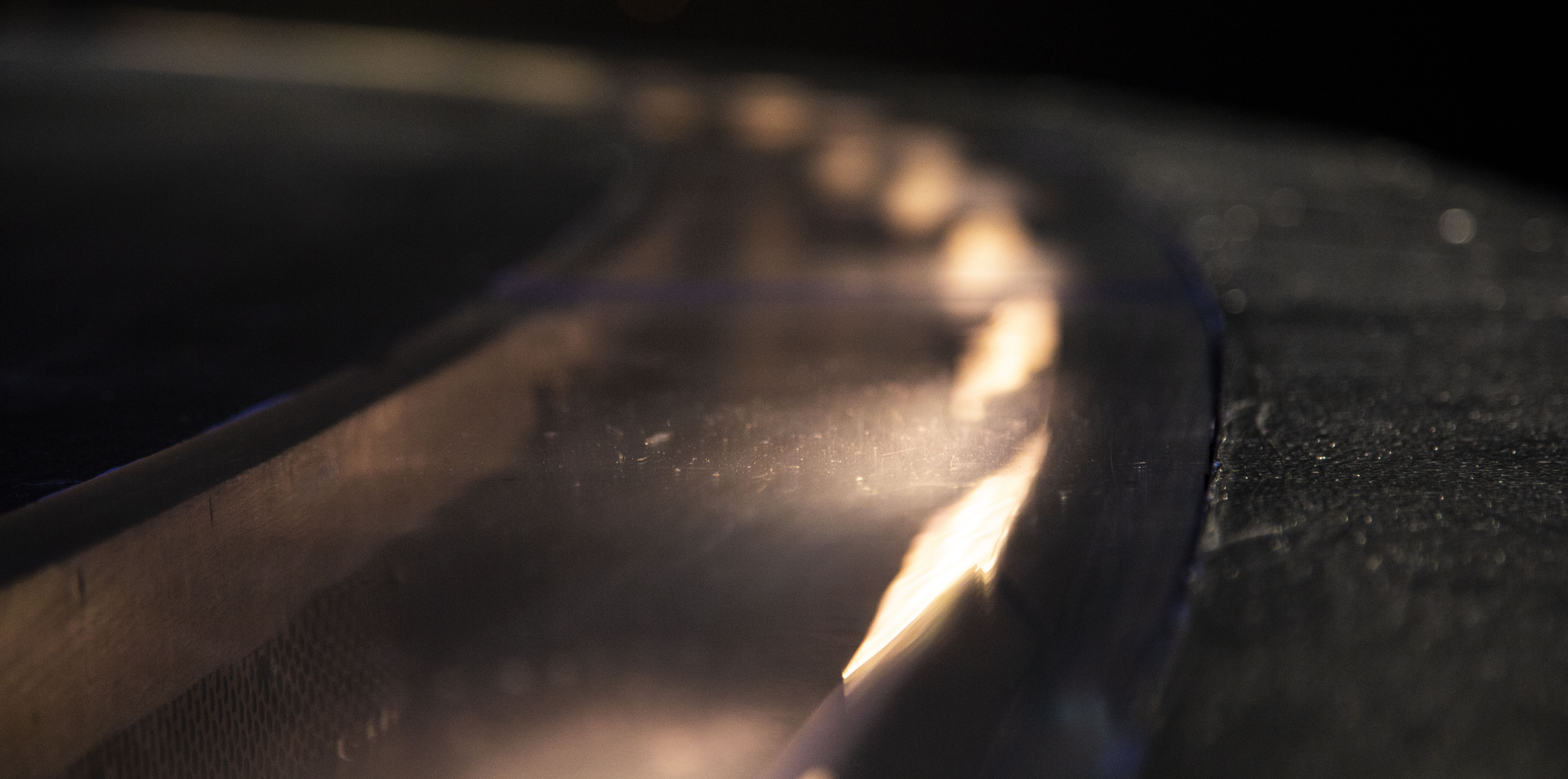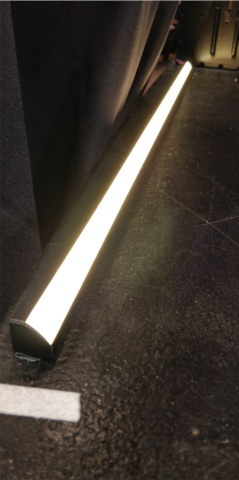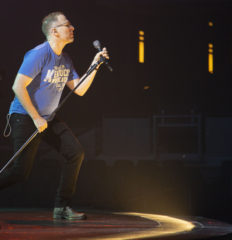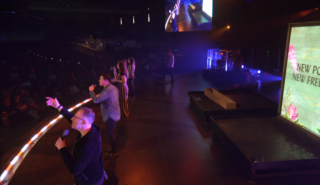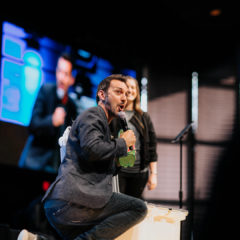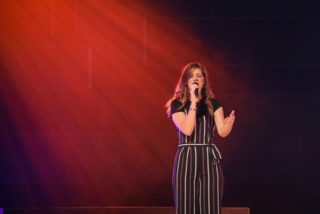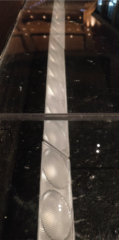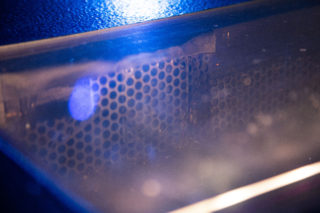We've received a lot of questions recently about how Willow does footlight. In this article, we'll break it down by venue, fixture, and learnings.
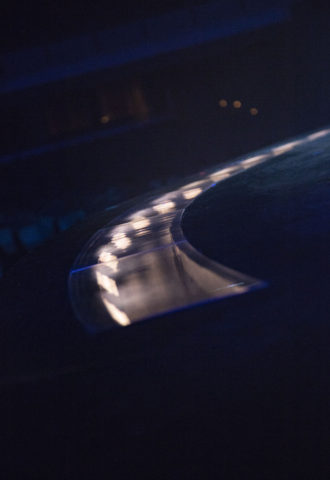 Main Auditorium:
Main Auditorium:
For our main auditorium stage, we use a product from Ketra called the G2 linear, powered by the N3 controller. They are 1’ fixtures with 6 RGB LEDs in each fixture with a myriad of different lensing options. We currently have 40 of them installed that cover the center 40’ of our stage. They are set up so that we have control of each fixture individually. Though Ketra primarily serves architectural lighting functions, we've found that their system is live production friendly. The G2 fixtures take DMX input, have amazing color reproduction, and camera-friendly whites.
I will be the first to admit that the Ketra G2 fixtures aren't the easiest lights to work with on the setup/replacement side. If a fixture goes down, it isn't a clean swap. The new fixture needs to get plugged into the chain, then program the new fixture in the Ketra software to replace the old one. Though not impossible, it does take a little bit of time. From a programming standpoint, the G2's are a bit slow to respond to changes. All things considered, that just means there won’t be any fast color chases happening, and the last 1% of intensity is a little snappy, but otherwise, they work just fine on a stage. The color reproduction and the quality of the white light, and overall size, mixed with a reasonable price tag by far outweighs the few issues I have with the lights.
Currently, we have them inset in our stage under two layers of plexiglass, complete with a custom fan system to keep air moving inside the trough. We went with two layers of plexiglass to save on overall cost: the top layer is a harder plexiglass that is more scratch resistant and the bottom layer is thicker to help distribute the weight of objects or lifts rolling over the trough. In retrospect, I wish we would have installed a single layer system instead and simply absorbed the extra cost. It is almost impossible to keep dust, dirt, sand, salt, peat moss, and any other crazy fine particle items used for special elements or message props from ending up between the layers of plexiglass that at best requires us to take them apart and clean them, and at worst, risk scratching both layers of glass.
In our Lakeside Auditorium, I created a footlight that has a lower profile and is far more budget-friendly than the Ketra G2. I built the Lakeside custom footlights using 45-degree black aluminum LED channel from Amazon and installed some warm white 12v LED tape I had sitting around. The LED tape is from a company called LEDMO and is the cheapest tape I could get on Amazon. From my research, it has a mid-range CRI around 80, and while it is not the brightest or best looking led tape, it is pretty decent for the cost and accomplished what I needed for the room.
I made two sizes: a 1 meter and a half meter version. I soldered some RGB wire to them, added small Molex connectors, hot glued the end of the tape inside the aluminum enclosure for strain relief, popped on the milky white diffusers and we were good to go.
I am controlling them with a DMX Decoder made by SIRS-E that outputs at a high enough speed that it does not flicker on our IMAG cameras. Based on your tech setup, you may be able to get away with a cheaper option. The footlights are powered with a generic 8 Amp 12v Power supply from Amazon.
At some point, I will probably install some tunable white led tape that is higher quality, CRI, and brightness. I have had success with this LED tape from superbrightleds. We've got a few strips of this installed currently in our Main Auditorium interview wagon. Compared to the LED strips in Lakeside, the Superbrightled strips are 24v instead of 12v, are higher quality overall, but cost around 10 times as much.

